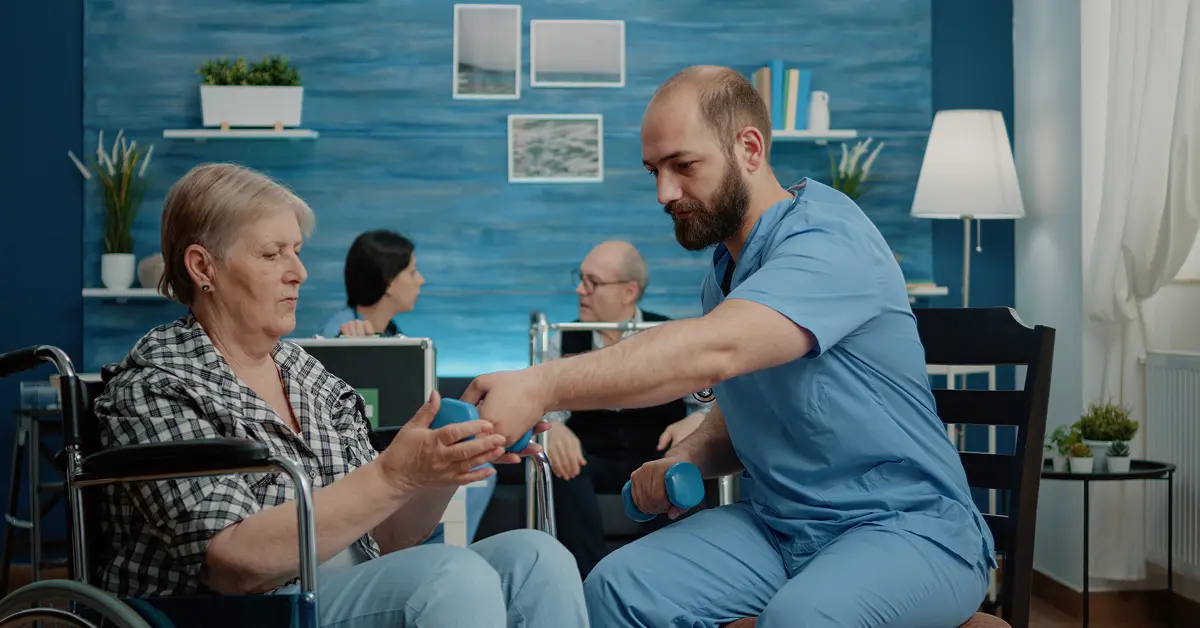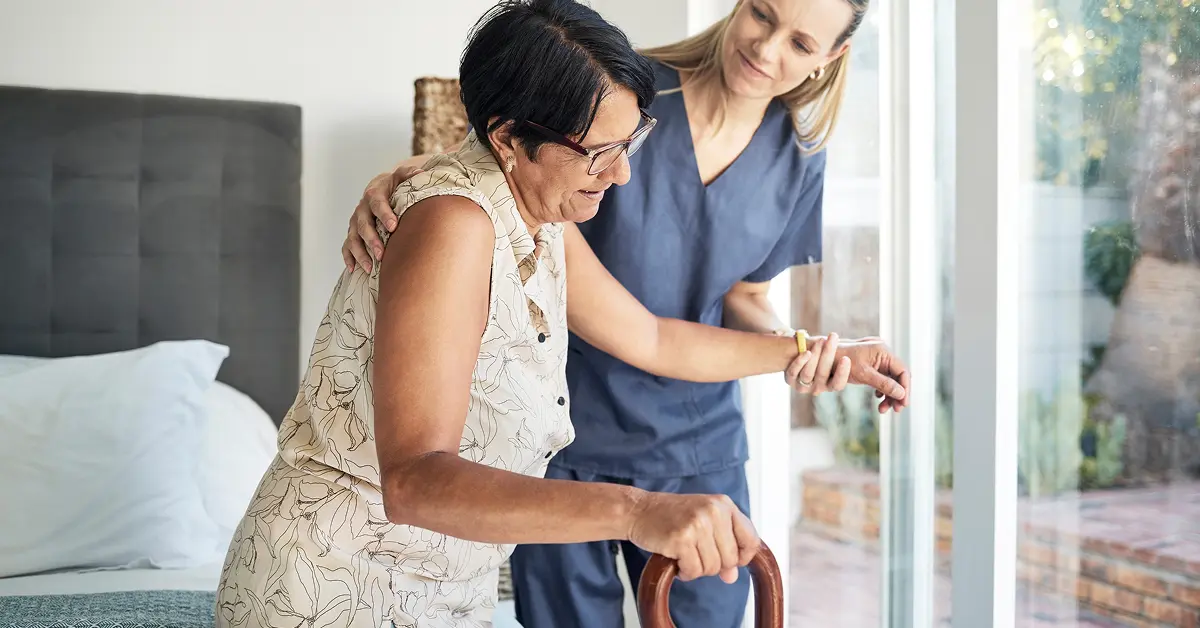In today’s fast-paced world, the role of a caregiver goes beyond basic assistance. For families across India caring for elderly members or chronically ill patients at home, accurate health tracking is essential. One of the simplest yet most effective tools caregivers use is the humble notebook. Whether digital or traditional paper-bound, notebooks help caregivers keep a consistent record of patient progress, enabling better decisions and coordination with doctors.
This blog explores how caregivers use notebooks to track patient improvement and why this age-old practice is still highly relevant in the digital age.
Why Tracking Matters in Home Care
Elderly individuals or those recovering from illness often experience fluctuating symptoms. Whether it's monitoring blood pressure, sugar levels, medication effects, or physical mobility, documenting these details ensures that any changes — positive or negative — are noted early.
In the Indian context, where access to hospitals may not be immediate or frequent, notebooks act as the first line of medical documentation. They enable family caregivers or professional home attendants to detect patterns and consult healthcare providers when needed.
What Information Caregivers Record in Notebooks
A caregiver’s notebook is more than a diary; it’s a structured health log. Depending on the patient’s condition, notebooks may include:
- Vital Signs Monitoring: Blood pressure, heart rate, temperature, oxygen levels, and glucose levels.
- Medication Records: Names, dosages, times, and any side effects observed.
- Daily Activities: Meal timings, quantity consumed, bowel movements, and hydration.
- Mood and Behaviour: Tracking changes in mood, confusion, agitation, or sleep patterns – crucial for dementia or Alzheimer’s patients.
- Therapy and Exercise Logs: Physiotherapy sessions, exercises done, progress levels, and pain scores.
- Doctor’s Instructions: Recommendations during appointments, follow-up tasks, or test results.
Benefits of Using Notebooks in Elderly or Chronic Care
a) Consistency in Monitoring
A notebook helps maintain consistency, especially when multiple caregivers are involved. Whether it's a family member during the day and a professional at night, a notebook bridges communication gaps.
b) Supports Medical Decisions
Physicians often rely on patterns rather than single data points. A detailed log of blood pressure readings, for example, provides a clearer picture of whether a medication is working or needs adjustment.
c) Prevents Errors
Notebooks reduce the risk of double-dosing or missing medication. With multiple pills to manage in older adults, this is a critical benefit.
d) Legal and Insurance Support
In some cases, documentation supports claims for insurance, Best Caregiver Services at Home reimbursements, or government benefits for senior citizens in India.
Types of Notebooks Used by Caregivers
a) Traditional Paper Notebooks
Still widely used in Indian homes, these are affordable, easy to use, and don’t require technology. Many families customise them with printed templates or divide sections using tabs for easier reference.
b) Digital Notebooks or Apps
For tech-savvy caregivers, mobile apps like Practo, HealthifyMe, or even Google Keep allow data entry with reminders, photo uploads (like wound healing), and cloud backups. Caregivers working in professional settings increasingly prefer these tools for portability and sharing data with doctors.
c) Printable Daily Log Sheets
Some home care agencies provide formatted daily tracking sheets that caregivers fill in. These sheets are later scanned or uploaded to patient profiles.
How to Set Up an Effective Caregiver Notebook
Setting up a notebook for health tracking doesn’t require medical knowledge. Here's a simple framework:
- Start with Patient Details: Name, age, known conditions, allergies, contact info.
- Section It Well: Divide pages or sections by category—vitals, medication, diet, mood, etc.
- Use Date and Time Entries: Always record with time stamps to spot trends.
- Colour Code or Use Symbols: Simple icons or colours (like red for high BP) make the notebook easy to read.
- Add Doctor Instructions: Reserve space to note down recommendations from each visit.
- Review Weekly: Summarise each week’s trends to understand improvement or concern areas.
Real-Life Use Case in India
Consider the case of Mrs. Asha, a 70-year-old in Pune recovering from a hip replacement. Her daughter works full-time, so a caregiver attends during the day. The caregiver uses a ruled notebook to log:
- Morning exercises (duration and pain level)
- Medicines taken with timings
- Meals consumed and water intake
- Complaints like swelling or fatigue
- Updates from physiotherapy
This log is reviewed weekly by her daughter and monthly by the orthopaedic surgeon. The surgeon even suggested tweaks to the exercise plan based on the progress noted. Without this log, several small yet critical details might have gone unnoticed.
Tips for Caregivers Using Notebooks
- Keep the notebook easily accessible to all caregivers.
- Update it in real time rather than at the end of the day.
- Use clear handwriting or typed notes for better readability.
- Maintain confidentiality especially if the notebook is shared across platforms.
- Translate or simplify terms for elderly family members to understand too.
Role in End-of-Life or Palliative Care
In terminal illnesses, caregivers use notebooks to track pain levels, sleep comfort, appetite, and emotional wellbeing. This helps doctors adjust palliative treatments and keeps family members updated about the loved one’s condition in a sensitive and informed manner.
Encouraging Elderly Participation
If the patient is mentally active, involving them in tracking boosts their sense of control and responsibility. For example, an elder can self-mark their sugar readings or tick off a checklist of exercises completed. This involvement promotes motivation and positivity.
Conclusion
Caregiving is both an art and a responsibility, especially in Indian households where Elderly Care Services is often provided at home. Amidst modern gadgets and mobile apps, the traditional notebook remains a powerful tool. It acts as a silent observer, a communicator, and a data source that empowers better health outcomes.
By diligently maintaining a patient improvement log, caregivers contribute to safer, more organised, and more compassionate care — proving that sometimes, the simplest tools have the greatest impact.
Contents
- Why Tracking Matters in Home Care
- What Information Caregivers Record in Notebooks
- Benefits of Using Notebooks in Elderly or Chronic Care
- Types of Notebooks Used by Caregivers
- How to Set Up an Effective Caregiver Notebook
- Real-Life Use Case in India
- Tips for Caregivers Using Notebooks
- Role in End-of-Life or Palliative Care
- Encouraging Elderly Participation
- Conclusion
Our 24*7 services
Latest Posts
- What Is Respite Care and Why Is It Important
- Affordable home care for senior citizens in India
- Caring for Seniors with Dementia or Alzheimer's at Home
- Senior Caregiving A Guide for Every Family
- How to Write a Caregiver Resume That Gets You Hired
- How Care After Hospital Discharge Speeds Up Recovery at Home
- How to Get Home Health Care for Seniors Through Medicare
- What Does a Senior Citizen Caregiver Really Do at Home
- How to Care for Elderly Parents with Alzheimer’s or Dementia
- How to Get 24-Hour Care for Seniors at Home



